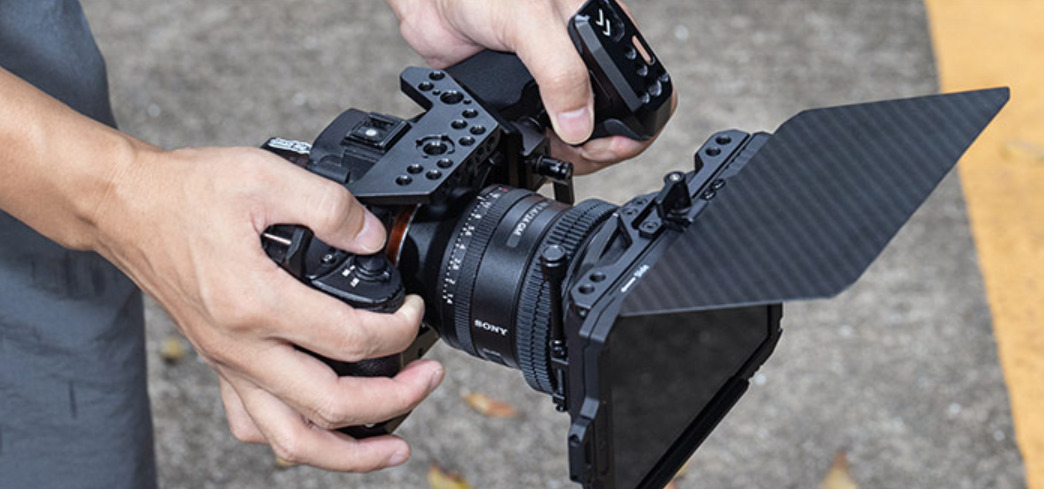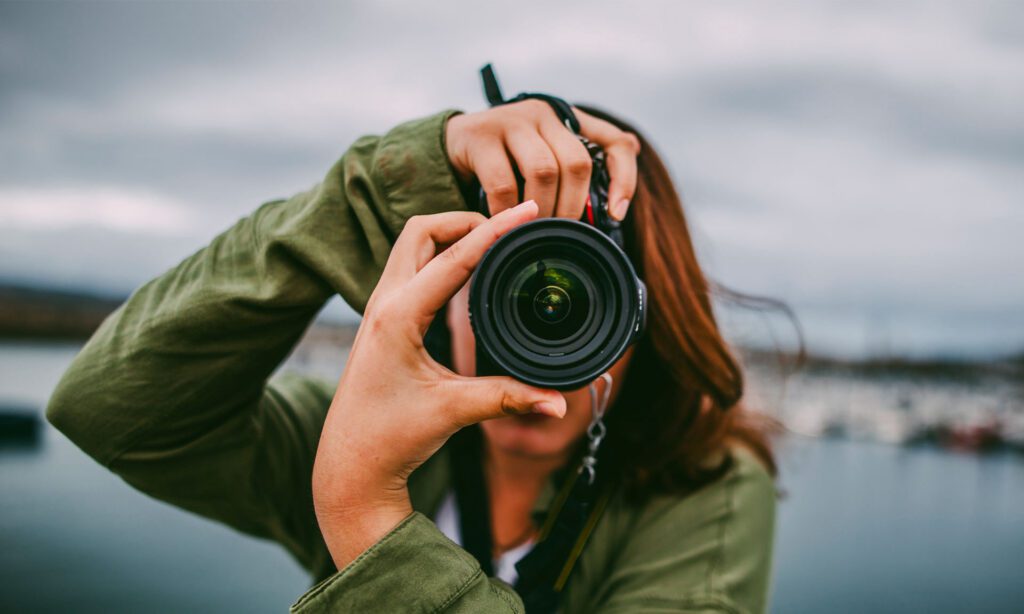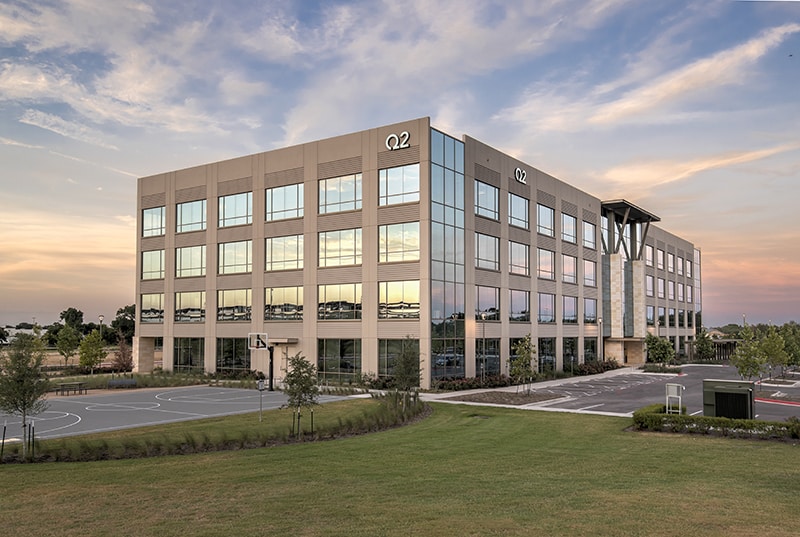
How to Take Advantage of Virtual Cameras for smartphones or PC
If you’ve got a smartphone or a digital PC, you probably already know how convenient it is to have video and still photos at your fingertips. What many people don’t know, though, is just how much more accessible video is than photos. And when it comes to smartphones and PCs, virtual reality (VR) also has the potential to open up new dimensions of user experience and interaction.
Fortunately, there are ways that you can leverage these advantages without requiring any major changes in your day-to-day workflow. Here are some tips on how to take advantage of a virtual camera on your smartphone or computer:

Use your camera as a standard digital camera.
Camera phones like the iPhone and Android devices are great for taking still images, but they’re completely unsuited to shooting videos. It’s because these devices don’t have a proper camera—or, at least, the technology to take advantage of what the camera on your phone can do. That’s why you need a smartphone that can shoot video.
These devices usually have a built-in camera, and you can use it to take photos as well as shoot videos. You can use the built-in camera to take pictures, or you can use the video camera to record and stream video. You can also use the camera app on your phone to record videos and take images at the same time. It’s a one-of-a-kind device that works as both a camera and a video recorder.
Take advantage of 360-degree images.
If you’ve ever wanted to get a bird’s-eye view of a situation or an environment, or have wanted to experience a different perspective on the same subject, a 360-degree video might be just what you’ve been looking for. It’s similar to the VR we often see in movies, but instead of looking through the camera lens, you’re looking through the viewfinder of a smartphone or a computer monitor.
You can rotate the camera to point the lens in any direction you like, and you can pan, tilt, and zoom the camera to explore the full landscape in front of you. This kind of video production requires a lot of special software, but smartphone and computer devices with VR capability usually have the necessary hardware components to support it.

Use the special features of smartphones and PCs.
Most smartphones and computers have special features that allow you to create and experience VR videos. So, if you want to share your VR experience on Facebook, for example, you can use your phone as the camera pad. You can also use your phone as a desktop or laptop monitor for your computer. You can use your computer as a VR headset, letting you immerse yourself in a different environment wherever you are.
You can also use your computer to create and host virtual reality experiences, letting you interact with avatars and other virtual things while you watch. These programs let you create different kinds of experiences: visual, auditory, and more. You can also use these programs to launch virtual tours, allow users to interact with avatars, and more.

Don’t be afraid to ask for help with your virtual cameras.
There are many resources available online to help people with their VR and 360-degree camera projects. If you’re having trouble shooting a video or want advice on how to best consume VR content, you can always turn to the community for help. Reddit and the like are full of people who can help you create and consume VR content, and there are plenty of resources for help on YouTube as well.
Conclusion.
These are just a few of the many creative projects you can tackle using the latest and greatest virtual cameras for photos and videos. There are many more benefits to using a virtual camera overshooting a real one, so use your imagination and come up with some of your ideas for new and creative uses for this technology.







